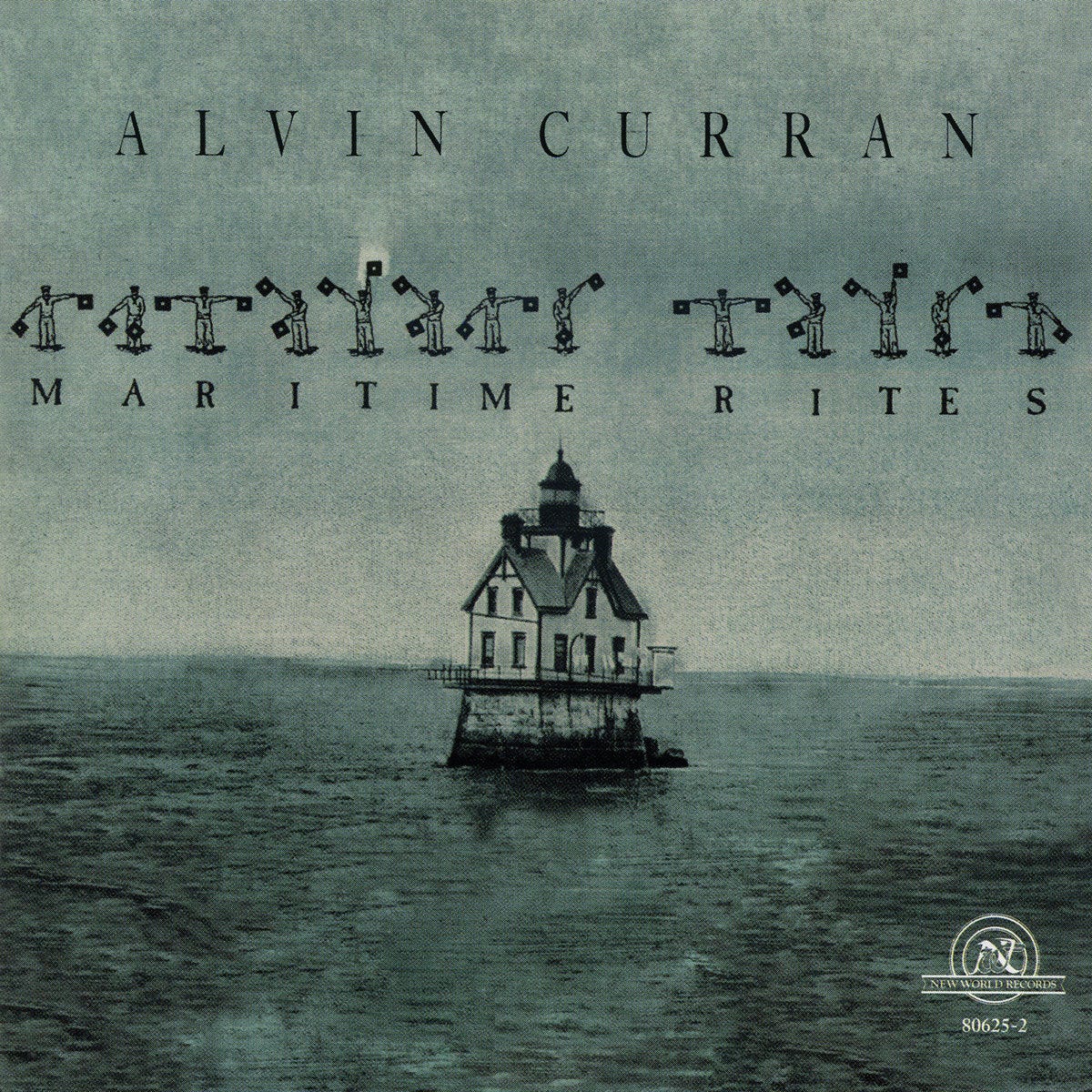Rabble Without A Cause: December 4 - 40th anniversary of Maritime Rites
Alvin Curran recorded Maritime Rites for public radio in 1984, with pieces by Leo Wadado Smith and Steve Lacy, among others. The show includes selections and an interview with Alvin Curran
In 1984, American composer Alvin Curran recorded a series of ten environmental concerts for public radio. This series featured the Eastern Seaboard of the United States, as well as New Brunswick, as a musical source in collaboration with improvised musical performances by ten “new-music” artists: John Cage, Joseph Celli, Clark Coolidge, Jon Gibson, Malcolm Goldstein, Steve Lacy, George Lewis, Pauline Oliveros, Leo Wadado Smith, and Alvin Curran. The programs used recorded natural sounds as musical counterpoint to the soloists, whose improvisations were then restructured and mixed by Curran.
The natural sounds included foghorns, maritime bells, gongs, whistles, and bird and animal life. Comments from lighthouse keepers, Coast Guard personnel, and other local people are woven throughout.
The recordings were released on CD in 2004.
I interviewed Alvin Curran, now a few weeks away from his 86th birthday, from his home in Rome. We will hear selections from that interview, including on the origins of the project, how he collaborated with the musicians, and how important the project was for his subsequent development as a composer.
On the show we will listen to the contributions of Leo Wadado Smith (trumpet), Steve Lacy (soprano sax) and Alvin Curran’s own piece. Here are the descriptions of each composition from the liner notes of the CD released in 2004:
1. Leo Smith, composer and multi-instrumentalist, playing trumpet and seal horn in his composition World Music. This solo is mixed almost indistinguishably with the sounds of boats passing through Wood’s Hole, Massachusetts; the foghorns at Portland Head, Maine, and Point Judith, Rhode Island; the boat horns of an American Container Line vessel in Port Elizabeth, New Jersey, and a McAllister tugboat in New York Harbor.
3. Steve Lacy, composer and soprano saxophonist, playing his work Coastline, whose melody is inspired by the contours of the Italian coastline near Sperlonga. Combined with his solo are foghorns from another coast: Portland Head and West Quoddy in Maine; Governor’s Island in New York Harbor; and Cove Point, Maryland, in Chesapeake Bay. Also heard are Coast Guard personnel Tim Barber, Portland Head; John Richardson, West Quoddy; and Eddie Calhoun, Cove Point.
10. Alvin Curran, composer and the vocal soloist in this twenty-five-minute program of symphonic dimensions. The first section features the natural sounds of more than sixty foghorns and bells, gongs, whistles, and ships’ horns, all recorded on location between New Brunswick, Canada, and Chesapeake Bay, which are blended into an everthickening texture creating an imaginary panoramic soundscape. … The second section begins with the high-pitched malfunctioning horn of the Race Point Light on the tip of Cape Cod, Massachusetts, and features an improvised chorale of voices (all Curran) against the mysterious, almost humanlike vocal sound of the Brooklyn Bridge, which is caused by its vehicular traffic (drastically muted in the following decade to appease residents of lower Manhattan, this unique sound no longer exists); conch shells, and a concluding foghorn concert with horns from Upper New York Harbor. The program ends with folklorist Bill Bonyun of Westport Island, Maine, who sings a traditional American sea ballad, “Rolling Home,” accompanying himself on the concertina-like bandoneon.
You can listen live on Wednesday at 11 p.m. at 93.1 on the FM band in Ottawa or through online streaming at CKCUFM.com. The show will also be available for on demand streaming.




